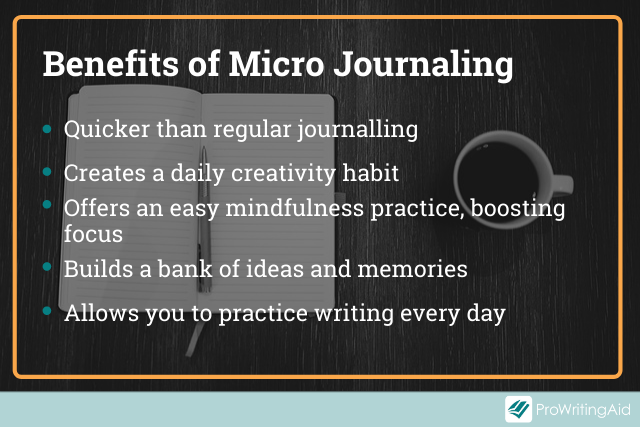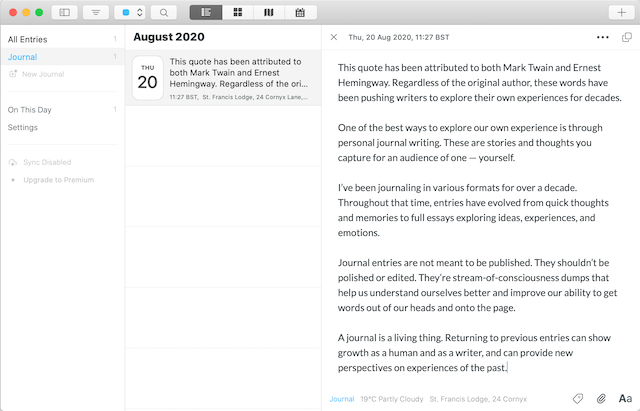
One night, while living in my parents’ basement in the 10 months leading up to my wedding, I was wandering around, rooting through old boxes.
At the time, I was working second shift in a customer service department answering emails from 1:30pm to 10:00pm (yes, it was as glamorous as it sounds). By the time I finished work, got home, made myself some dinner, and ate, it was usually 11:30pm or midnight, and I still had to wind down from the work day.
My fiancee was at her house, sleeping. My friends would all be sleeping. Heck, my parents were sleeping upstairs. So I passed the time searching the storage area of the basement.
I hadn’t lived in the house for 5 years at that point. My three older brothers had all moved out long before then, too. Anything of ours left behind was stuffed in a box in the basement.
The first time I came across an old box of photographs, I was excited. My family wasn’t exactly awash in photos. We didn’t usually have the budget to take lots of pictures and get them developed.
I dragged the first box into the “living room” area of the basement, where I sat in my recliner watching Mythbusters and sifting through weathered old photographs of little snippets of my childhood.
I wouldn’t trade that experience for anything. It was like opening a time capsule, and it brought back a wave of emotions.
As a writer, that’s what I want journaling to do.
The romantic idea of keeping a journal
Here’s what we all think of when we think about someone keeping a journal: a dusty, leather-covered book discovered in an old box in the basement revealing the deep thoughts of Grandpa when he was my age, offering a window into times past.
Of course, that doesn’t always hold up to reality.
Many days, I think of myself just trying to come up with something to say in a journal, other than, “I still didn’t work on my book today.”
Journaling takes practice. But when I’m juggling clients, trying to take care of my health, trying to give my family some attention… journaling turns into another thing that sits on my to-do list, laughing at me.
But journaling has so many benefits!
The reason we all try to journal is because we know it’s good for us.
It can be incredibly therapeutic. It can tame our “monkey minds”. Journaling can increase our creativity and our productivity. It’s a great mindfulness practice.
But it just takes up so much time and energy.
How do you reap the benefits of journaling regularly and keep it from becoming another “task”?
I don’t know if I have the full answer right now, but I have one answer that I’m testing out: micro journaling.
What is “micro journaling”?
I read it in the Rick Rubin section of Tim Ferriss’s book Tools of Titans, and in The 7 Secrets of the Prolific, and in Bird by Bird…
The best way to build a writing habit is by making it as simple and easy as possible in the beginning.
Yes, you want to write 10 pages of ridiculously-good writing for your book every day. But you can’t just wake up one day and do that. Instead, you have to build up that habit over time by starting with a sentence.
Journaling might be the same way. Instead of writing deep, meaningful, emotional journal entries that my grandkids would be moved to come across later in life… I’m just writing a few sentences.

How and what to write about
When you micro journal, you cut the responsibility down to maybe two or three sentences per journal entry.
It’s tough to build a database of memories like that, so we increase the frequency instead: jotting down a few sentences a few times per day will make up the difference.
What should those sentences be about? They can be anything:
- Business ideas
- Blog post ideas
- Things you’re grateful for
- Just a check-in for your day (this is my preferred method)
Micro journaling allows you to check in with yourself at regular intervals throughout the day, flexing your writing muscle for short bursts.
Why micro journaling helps you be more creative and productive
As James Altucher likes to say, you have to work out your “idea muscle” regularly.
By taking time to jot down little thoughts and ideas, you give yourself the chance to work out that muscle and get it flowing. The more you use it, the more readily available creativity will be.
Then, when you are trying to think of that word or that new post idea, you might have a better chance of recalling it.
But it works even better as a method of productivity.
None of us set out to waste our day. We all would like to get a ton of stuff done every single day, clearing our to-do lists and being as prolific as we always dreamed!
And then, of course, we click on a YouTube link and have suddenly wasted three hours.
By micro journaling throughout the day, you are practicing a very active form of mindfulness. You take a minute or two to observe your body, your brain, the time of day, and what you are doing.
Just this act of checking in and putting it down on paper (or screen) can refocus you and put you back on track for the rest of the day.
I find it’s really effective at getting my butt in line—something I need most days!
What is the best method?
Now, the rubber meets the road.
Unfortunately, I can only give you indirect guidance on micro journaling from here. The best method of journaling is the one you’re going to use.
Maybe you work better on paper. Maybe, like me, you’re left-handed and have atrocious handwriting—and a slick app would be a better move.
Whatever you choose, here are the basic options to consider:
Use something to remind yourself to do it
Could be a calendar reminder, a recurring task in your to-do list, or just a timer on your phone. You need something to interrupt whatever it is you’re doing so that you don’t miss out on time.
Try paper for a romantic feel
Paper is great if you like tradition. There’s also great freedom in jotting things down with a pen, because you can sketch, doodle, and write however you’d like. The drawback here is that you’re not going to have a backup if you need it, and you have to carry it with you, potentially.
Get a premium app
The two best journaling apps out there are Day One and Journey. Both are pretty similar, but Day One is for Mac/iOS only. They are great for quickly creating journal entries, and you won’t have to manually add other information, like the time, date, and weather. You can even have the apps map your location, which is a neat feature, too.

Use a simpler app
A text document, a Word document, a Google Doc—these are all fine too, and they are free. You get the safety of backing up your entries to the cloud, but you still have to manually enter in things like location and weather, etc.
Keep your brain moving
Micro journaling allows you to keep writing and working out your brain. And because it’s a check-in, you’ll stay more on-task and get more things done.
That’s the theory that I’m running with—and so far, that’s bearing out nicely.
I use Day One to journal. Why? Because I want there to be a backed-up record of my thoughts and actions somewhere. I find Day One to be a very pleasurable experience. Justin Cox from The Writing Co-Operative explains how he uses Day One here, if you'd like to see how it could fit your process.
No, my kids won’t discover my journal in a box in the basement. But I also took those photos from that box and scanned them into Google Photos so that my whole family can enjoy them whenever they want.
I like the idea that my journal could be conveniently shared generations from now (“Great-grandpa said WHAT? Send it to me!”).
And more importantly, it’s a convenient way for me to stay more creative and more productive, which is the whole point.


